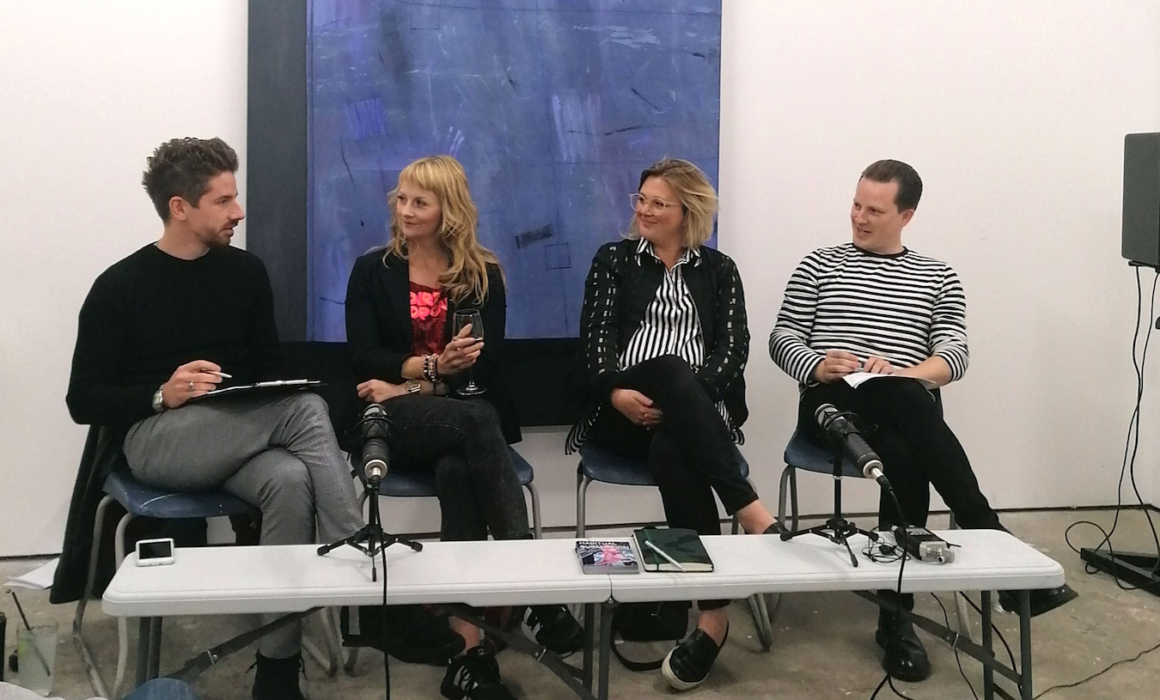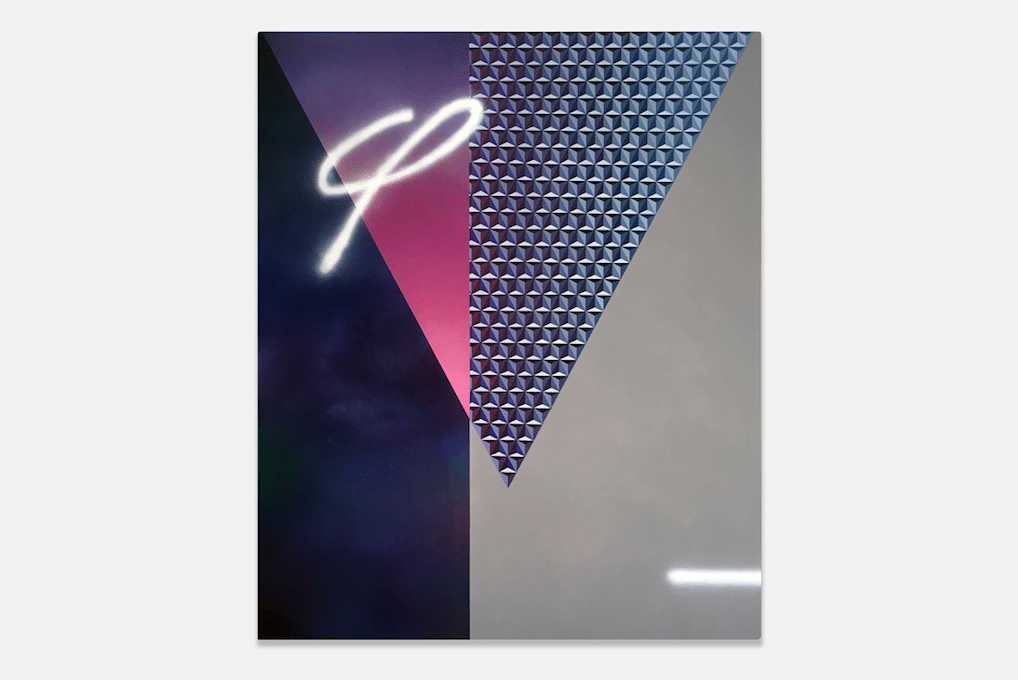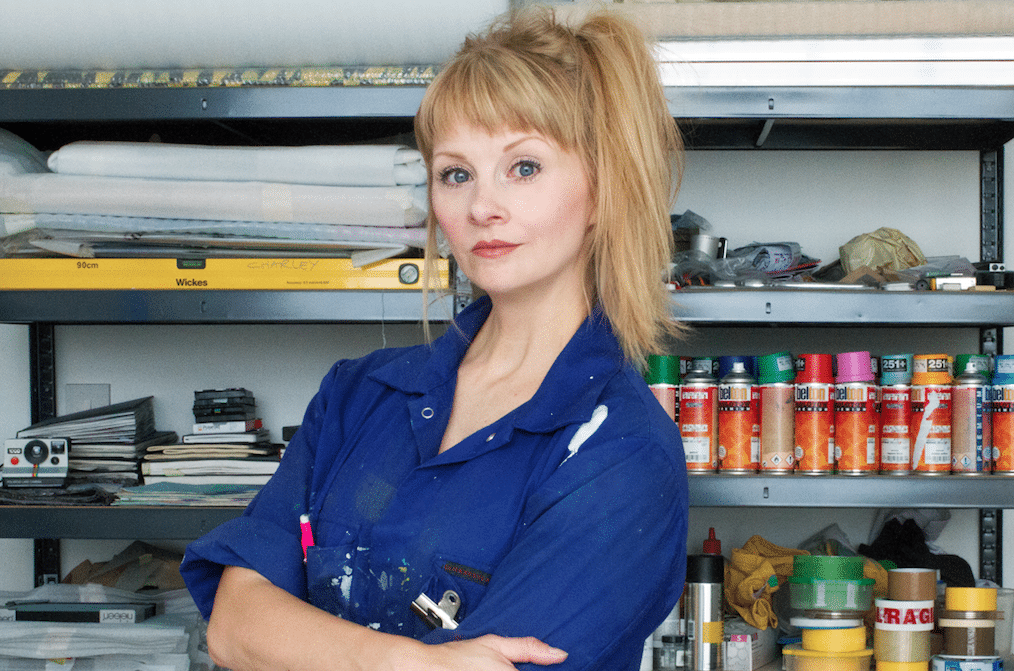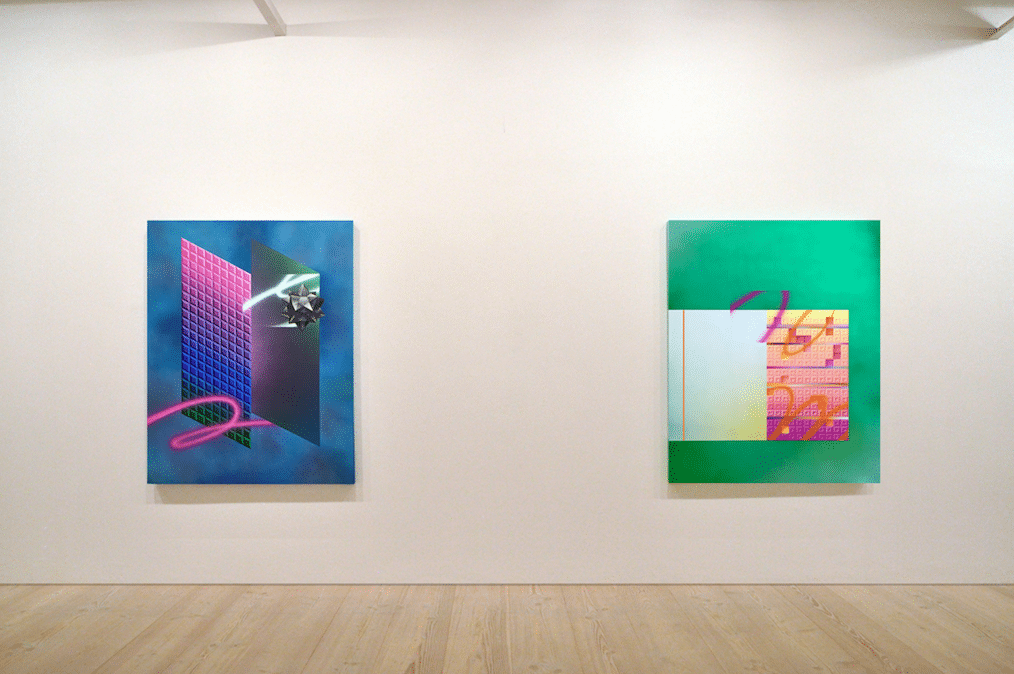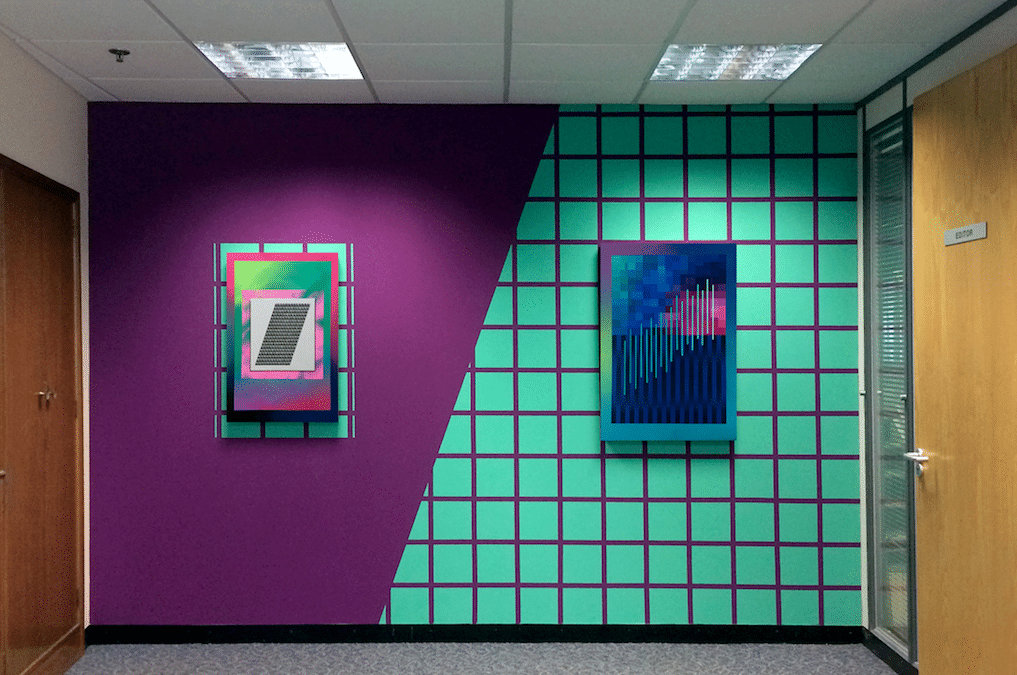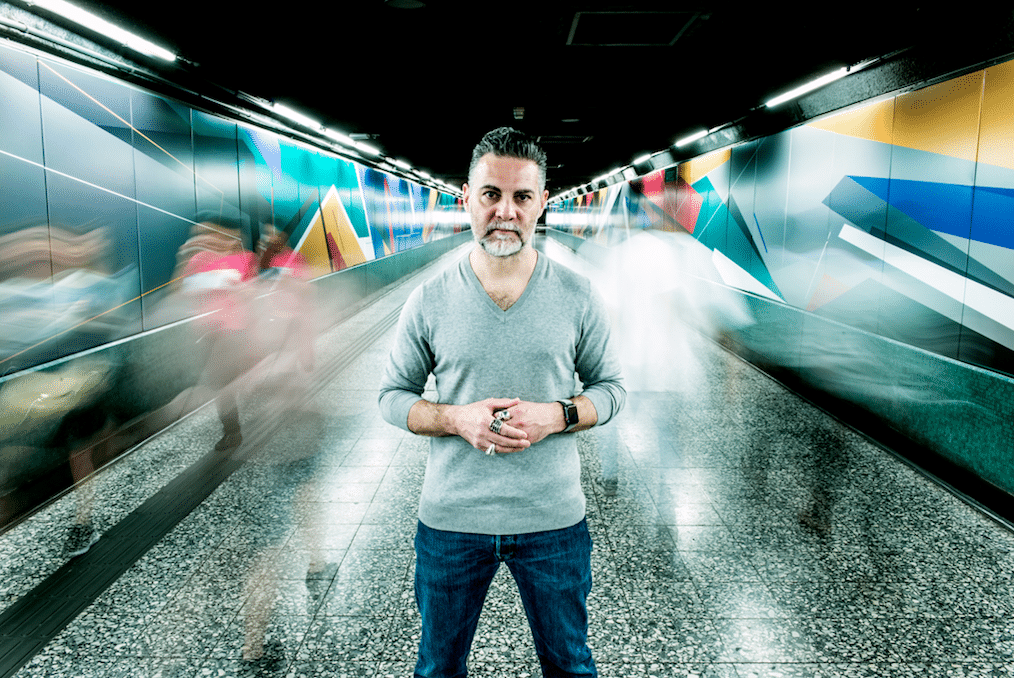Special edition of the Delphian Podcast – Episode 20 – Questions about the art world you were afraid to ask
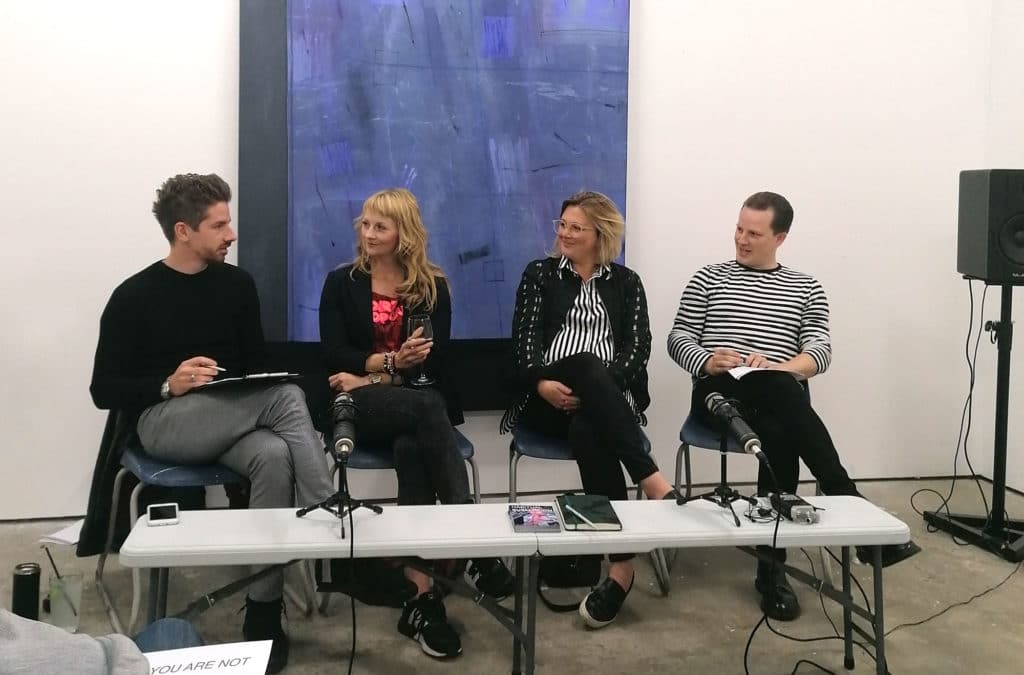
In this special edition of the Delphian Podcast we have a recording of a panel discussion that we were invited to lead by Maddie Rose Hills as part of her programme surrounding an exhibition she curated entitled “Where you are not” at Copeland Gallery in Peckham, London.
We chose the subject of “Questions about the art world you were afraid to ask” and invited artist and art writer Charley Peters, and Bo Lee Gallery director Jemma Hickman to join us on the panel to discuss the topic. We talk about the different ways in which to approach galleries, how to make yourself discoverable on social media, the different ways to approach your social media output, and the importance of networking to an artists’ career among many other topics.
Listen now on our website HERE, or search DELPHIAN PODCAST in iTunes, Spotify, or Podbean.
Please don’t forget to Like, Share, and Subscribe!

